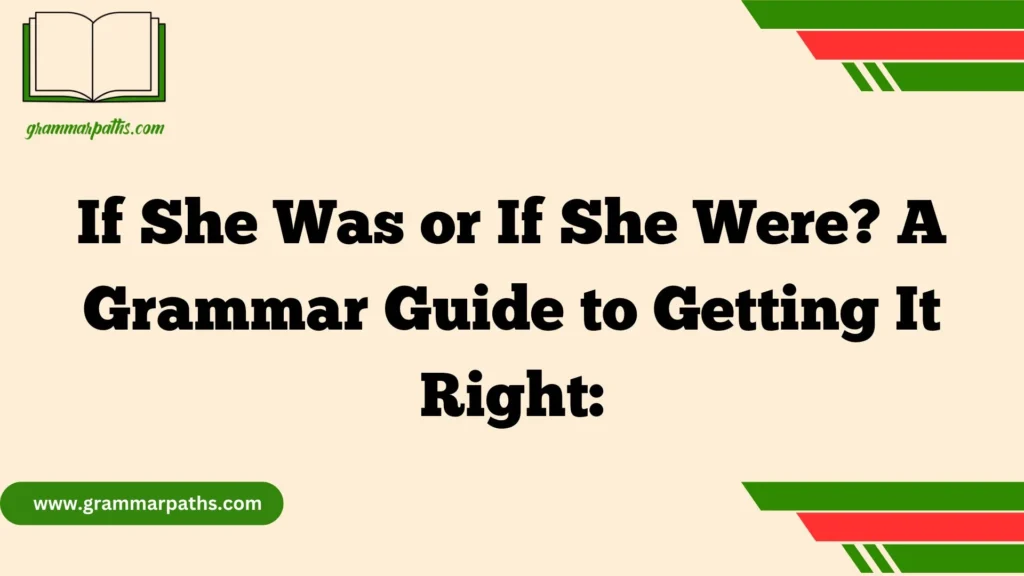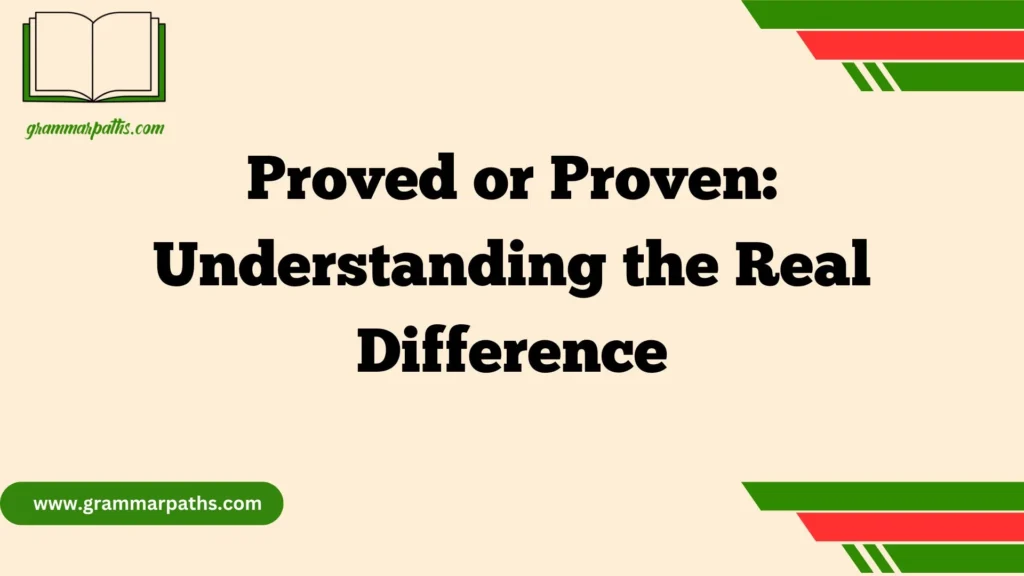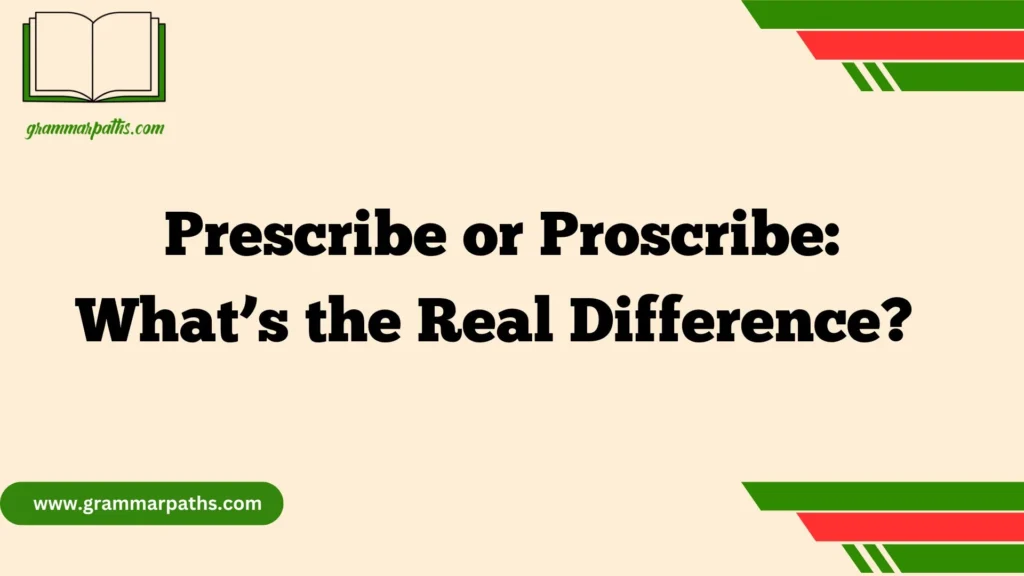When it comes to the past tense of “leap”, many writers pause—should it be “leapt” or “leaped”? The truth is, both forms are correct. However, your choice often depends on tone, audience, and consistency. In British English, “leapt” is more commonly used, while American English tends to favor “leaped.” If you’re writing for a global audience or creating a style guide for your brand, it’s essential to stay consistent. Ask yourself, what sounds natural in this context? That question alone can guide your decision.
In a recent grammar workshop, we explored this exact dilemma while reviewing student writing and brand communication strategies. We found that choosing one form and sticking with it helped maintain a clear and professional tone. When in doubt, consult grammar references and let your audience and voice determine the best fit. These subtle language choices build trust and reinforce your brand identity.
The Core Difference: Leapt vs Leaped
At their core, leapt and leaped mean the same thing: the past tense (and past participle) of leap, meaning to jump or spring. Where they differ? Formality, rhythm, and regional flair.
Usage Summary Table
| Form | Usage Type | Region Preference | Style/Feel |
| Leaped | Regular past tense | United States | Common, straightforward |
| Leapt | Irregular past tense | UK, Canada, Australia | Rhythmic, literary, traditional |
Leaped follows the regular pattern: leap → leaped.- Leapt is irregular: leap → leapt.
Both pass grammatical muster. Your choice turns on regional usage, tone, and rhythm.
Grammar & Verb Patterns
English verbs sometimes allow both a regular and an irregular past tense. That’s the case with leap.
- Regular verbs add –ed (e.g., walk → walked).
- Irregular verbs often change internal vowels (weep → wept, leap → leapt), without –ed.
Why both forms exist
- Language evolution: Dialects diverged early on.
- Frequency and familiarity: One form can vanish if rarely used.
- Literary choices: Writers opt for rhythm and nostalgia.
Examples of other verbs with dual forms:
- Dream → dreamed/dreamt
- Learn → learned/learnt
- Burn → burned/burnt
Regional Usage: American English vs British English
Form and function matter—but so does where you live or write.
- American English heavily favors leaped; it’s consistent with regular past tense usage.
- British, Canadian, and Australian English lean toward leapt, especially in literary and formal contexts.
Real-world usage
Analysis of Google Books Ngram (spanning 1800–2020):
- “Leaped” dominates in U.S. publications.
- “Leapt” holds steady in U.K. works.
That reflects stylistic preference, not correctness. Either works—just match audience expectations.
Style-Guides: APA, MLA, Chicago, Oxford
Whether academic paper or magazine article, major style guides accept both—but lean toward consistency:
- APA (American Psychological Assoc.): No preference. Emphasizes American usage → leaped.
- MLA (Modern Language Assoc.): Neutral—choose one for all past-tense forms.
- Chicago Manual of Style: Consistency again. U.S.-oriented → leaped for American writing.
- Oxford Style Manual (UK-based): Slight preference for leapt, especially in formal writing.
Pro tip: Pick your variant—leaped for U.S. tone, leapt for British or literary feel—and stay consistent.
When to Use Leaped
- American writing (blogs, news, essays, fiction).
- Casual, conversational tone.
- Situations where you want a modern, predictable rhythm.
Examples:
- She leaped across the puddle.
- He leaped at the chance to travel.
Literary use? Maybe. But if your audience is U.S.-based, leaped keeps your voice crisp and familiar.
When to Use Leapt
- Writing for a British, Commonwealth or literary audience—poets, novelists, critics.
- Wanting a more formal or elegant tone.
- Seeking a smoother rhythm in prose or verse.
Examples:
- The stag leapt across the glade.
- She leapt toward the spotlight, heart racing.
That extra “T” adds sonic weight. It feels deliberate—ideal for adding gravitas or poetic hammer.
Word Origin & History
- Old English: leap stems from hlēapan, which featured various past forms.
- Middle English: You saw leaped, lept, y-lept, and lepten.
- Modern division: British speakers cling to leapt, while Americans switched to the regular –ed form.
English’s shifting patterns give us both forms today.
Real‑World Examples in Literature & Media
Seeing the forms in action helps you sense their vibe:
| Author / Work | Form Used | Example Phrase |
| C. S. Lewis, The Chronicles of Narnia | Leapt | “They leapt for joy.” |
| Arthur Conan Doyle, Sherlock Holmes | Leapt | “He leapt to his feet.” |
| Mark Twain, Adventures of Tom Sawyer | Leaped | “He leaped aboard the raft.” |
| American newspapers (NY Times, LA Times) | Leaped | “He leaped clear over the fence.” |
These writers knew their audiences. Leapt for dreamy or formal tone, leaped for everyday clarity.
Common Mistakes & Misconceptions
- Thinking one is wrong: Neither is.
- Mixing forms in same text: That’s inconsistent.
- Flagging errors: Editors may mark leapt in American writing as “awkward”—not factually wrong.
Tip: Run a search in your text editor for leapt/leaped to ensure all align.
Synonyms That Avoid Confusion
Use alternatives when leapt / leaped feel clunky:
- Jumped – simple, universal.
- Sprang – dynamic and energetic.
- Bounded – bouncy, playful.
- Vaulted – physical strength, agility.
When to swap:
- Creative writing: bounded or vaulted spark vivid images.
- Academic/professional: stick with leaped or jumped for clarity.
Quick Reference: Which Should You Use?
- If writing for U.S. audience: use leaped.
- If writing for UK, Canada, Australia: leapt often fits better.
- Elsewhere: lean toward regional norm—leaped typically wins.
Teaching Tip: ESL & Grammar Classrooms
Teaching leaped vs leapt offers a chance to explore language nuance:
- Visual practice: Show two short paragraphs—one US‑centric with leaped, one UK‑centric with leapt.
- Memory trick: Pair leapt with Brit—they rhyme slightly!
- Handout: List common verbs with dual past forms.
- Practice: Students write sentences using both variants in correct contexts.
This lesson drives home how usage depends on dialect and style, not correctness.
Final Verdict:
In the end, both “leapt” and “leaped” are grammatically correct past tense forms of the verb leap. The primary difference lies in regional usage and stylistic preference. “Leapt” is more commonly used in British English, lending a slightly more formal or poetic tone, while “leaped” is favored in American English and often feels more modern or straightforward.
Neither form is wrong, and both can be used interchangeably in most contexts. The key is to remain consistent in your writing—especially when tailoring your language to a specific audience or publication style. By understanding this subtle variation, you enhance not only your grammar skills but also your awareness of English language nuances.
So whether you’ve leapt into learning or just leaped over a grammar hurdle, you’re now equipped with the knowledge to make the right choice with confidence.
FAQs:
Which is correct, leaped or leapt?
Both “leaped” and “leapt” are grammatically correct. “Leaped” is more common in American English, while “leapt” is more often used in British English. They are simply regional variations of the past tense of “leap.”
Is it leapt or leaped in the UK?
In the UK, “leapt” is typically preferred over “leaped.” British English tends to favor older or more traditional verb forms, and “leapt” reflects that style. However, “leaped” is still understood.
How do you use leaped in a sentence?
Example: “She leaped over the puddle to avoid getting her shoes wet.”
“Leaped” is the past tense of “leap” and works like any regular verb in storytelling or narration, especially in American English.
Do Americans say leapt?
Yes, Americans sometimes say “leapt,” but it’s far less common than “leaped.” In most U.S. writing and speech, “leaped” is the default past tense, while “leapt” may sound a bit more poetic or literary.
What is an example of leapt?
Example: “The cat leapt onto the windowsill with surprising grace.”
“Leapt” is used the same way as “leaped”—it simply reflects a more British or literary tone.
Is it dove or dived?
Both are correct, but “dived” is preferred in British English, while “dove” is common in American English. They’re both acceptable past tenses of the verb “dive,” and usage varies by region.












